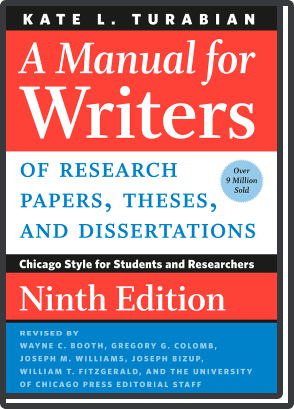What is a Turabian citation generator and how can it help you?
Getting citations and reference lists correctly done can be very confusing and time-consuming.
The good news is that our Turabian citation generator can do it automatically for you and it is FREE to use! 🎉
The Turabian style is a simplified version of the Chicago citation style. Just like the Chicago citation style, Turabian comes in two variations: note and bibliography and author-date.
Not convinced yet? Here are 5 reasons why you are going to love the BibGuru Turabian citation maker:
🚀 Fast
😌 No flood of distracting ads
👌 Simple and intuitive interface
🎓 Turabian, APA, MLA, Chicago and thousands of other citation styles
🥇 Most accurate citation data
With BibGuru we have made a citation tool that truly helps students to focus on the content of their work instead of worrying about how to get their reference list correctly done.
Those days of wasting time entering data manually or losing grades on incorrect bibliographies are finally gone!
If you need to know more about Turabian citations check out our How do I cite in Turabian style? section.

